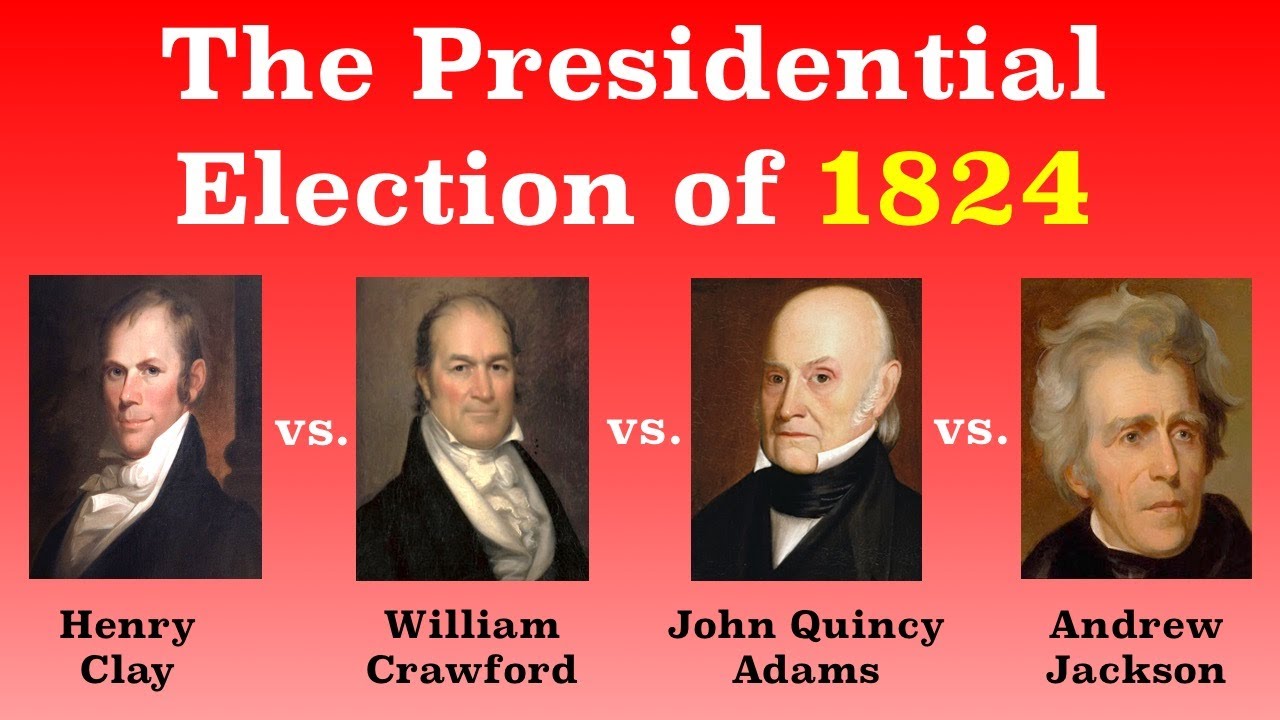Kerby Anderson
I have suggested that this year might be the year of the “third party.” To understand the impact of third-party candidates, let’s review their history and talk about how they have affected presidential elections.
When John Quincy Adams ran against Andrew Jackson in 1824, America was still a multi-party system. The Reform candidate William Crawford and Southern Democrat Henry Clay cost Jackson electoral votes in key states.
Once in American history, a third party won the White House. In 1860, Abraham Lincoln led a new party (known as the Republican Party) to victory over three other candidates. He won (with less than 40 percent of the vote) simply because the two-party-system fell apart. Quickly this new third party became one of the two dominant parties.
Three elections in the last half century once again have shown how a third-party candidate can change an election. In a close election in 1968, Richard Nixon was able to defeat Hubert Humphrey with help from American independent George Wallace who took 46 electoral votes.
In 1992 Ross Perot received nearly 19 percent of the popular vote. Many believe he may have cost George Bush the election. A change of about 300,000 votes in 10 states would have handed Bush a second term.
In 2000, Ralph Nader received more than 97,000 votes in Florida. Al Gore lost to George W. Bush in that state by 537 votes. Most pollsters are convinced that Ralph Nader’s presence on the ballot affected the 2000 presidential election.
What will happen in the 2024 presidential election? It is difficult to assess, but the third-party candidates who have announced may have a significant impact.
 Listen Online
Listen Online Watch Online
Watch Online Find a Station in Your Area
Find a Station in Your Area










 Listen Now
Listen Now Watch Online
Watch Online
